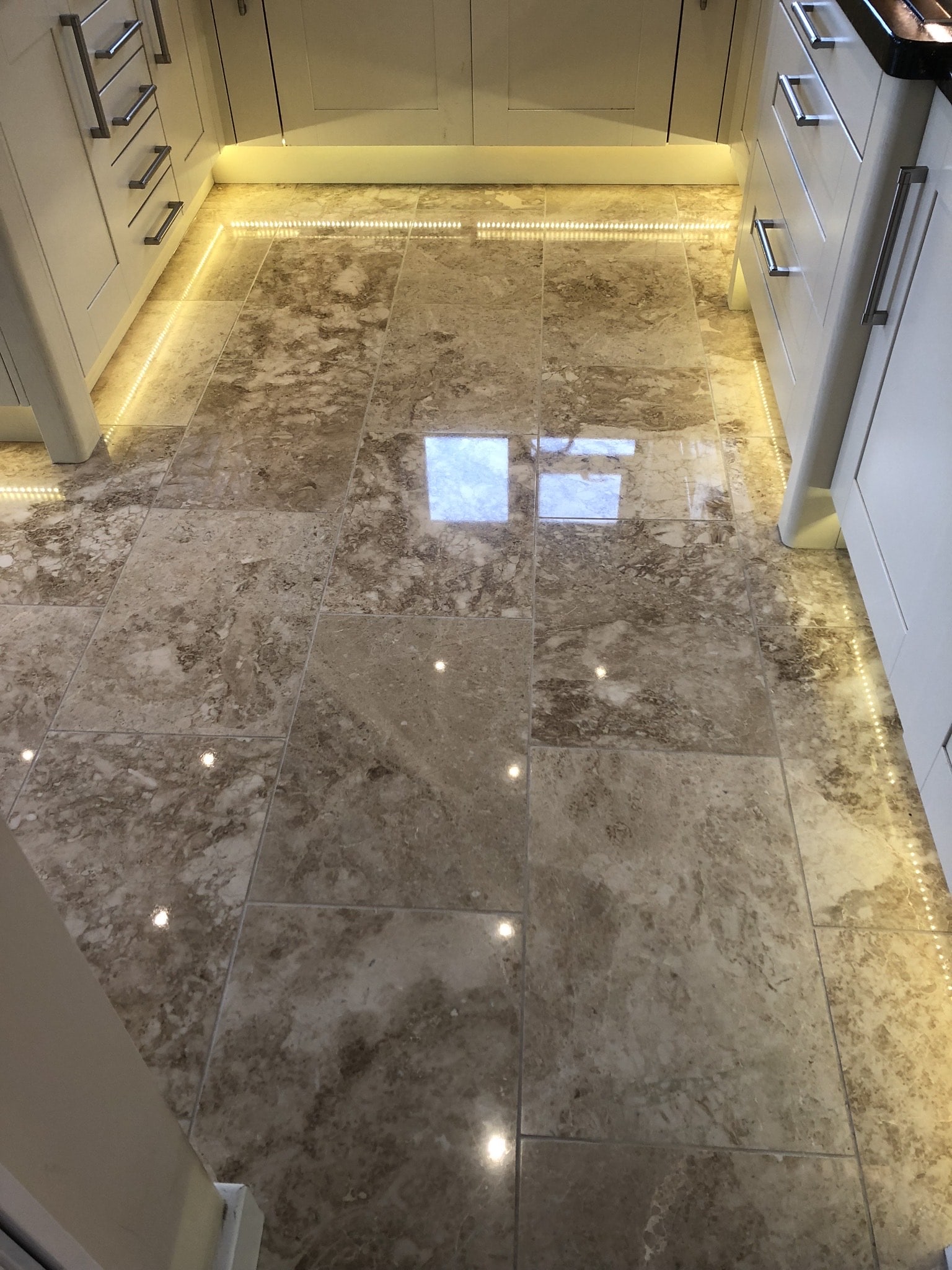When cleaning up your bathroom, there's a lot more to think about than when you are cleaning other rooms of your home.
Bathrooms have sinks and toilets that need to stay clean; otherwise the they will not only look unsightly, but also breed germs and bacteria that can be bad for family and friends. Also, unlike many other rooms in a home, bathrooms tend to have a lot of awkward nooks and crannies that are go unseen, and therefore go uncleaned. Bathrooms also have multiple types of surfaces - glass, tile, porcelain, wood, carpet, and
marble - that all need to be cleaned in different ways.
Although it can seem like an overwhelming job to sanitize even the tiniest of guest bathrooms, we've got a few tips that should help you get the job done quickly and thoroughly.
Dust First
Getting dust off everything is not only a good way to start with something simple, but also helps you see what needs the most elbow grease when it comes time for scrubbing. Often the back and bottom of toilets are a dusty mess. However, if you dust them first, you can see if they just need a once over with the Swiffer or if they need something a little bit more intense to get them clean.
By dusting the room first, you can determine what needs to be first on your to-do list for your next step in cleaning. Try and use something like a Swiffer or a similar device that traps dust rather than just pushing it around.
After dusting, the next best step is to sweep, that way you get any stray dust out of the way for the next round of cleaning.
Clean Surfaces SeparatelyWhile there are many different cleaners that claim they can clean all types of surfaces, none of them really do. So, you will need different cleaners for different kinds of surfaces.
If you want to use items around the house, vinegar can be used to clean mirrors,
tile, and porcelain, and you can use olive oil to clean your wood.
Homemade cleaners can be extremely effective. Alternatively, you can use brand name cleaners as well.
No matter what products you use to clean, you want to clean every surface separately so that you're not just smearing dirt from one section of your bathroom to another.
You should also attempt to clean like surfaces at the same time. For example, start with all porcelain - the toilet, the tub, the sink basin, etc. Then go for the cabinets and shelves. Work on the floors last, as they will need a chance to dry.
Catch Frequently Missed Spots
Bathrooms often have spots that you just never see or never use: the place behind the underside of the toilet, The back corners of your over-the-sink cabinet, the hidden spots on shelves that hold the things that you need to get ready for your day, or the bottom where your tub meets the floor. These areas need to be cleaned completely because when neglected, bacteria can grow and breed in these spaces without being noticed.
This is another reason to clean by like surfaces. You'll be less likely to miss if you're organized in your approach.
Let Surfaces Dry
Units like your toilet, sink, shower, or bathtub, even though they are constantly inundated by water, need time to dry out like everything else.
After you’ve used or cleaned your bath or shower, open a window or run a fan to remove excess humidity from the air. This will help keep your bathroom dry and can help prevent bacteria, mold, and mildew from growing. Doing so can also help your bathroom rug dry out as well, which is important so that it doesn't hold onto bacteria and dampness.
For the sink, make sure it is completely dry after you've cleaned it, which can help keep scale off the faucet.
Toilets do not need to be emptied. However, it is a good idea to make sure to have them cleaned at least once every two weeks to keep bad things from growing under the rim or around your toilet.
Change out Items
There are many items in the bathroom that need to be changed out. Toothbrushes should only be around for a few weeks. Towels, both hand and body, should be thoroughly cleaned and switched out every couple of days. Toilet brushes are good for a year, although if you don’t use them often you can even stretch it out further than that.
Toss all old medication, medicines, toothpaste, razors, and skin care items as appropriate. Keeping things around past their prime is just extra work that you don’t need. Getting rid of these items can help you keep your bathroom in great working order.
This should be the last thing you do. Once everything is clean and it is time to put back toiletries and more, you can toss anything that has gone beyond its lifespan.
Final Thoughts
Taking on your bathroom may feel like an overwhelming chore. However, if you take the room step-by-step and make sure that what you are doing is done the right way, you’ll find that you are done in no time.
The other good thing about the bathroom is that once you give it a good clean you can just give it the occasional clean up every couple of days without worrying.
The bathroom is an important part of your home that not only you but also your guests will see often. So, make sure that it looks it’s best.



































